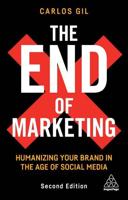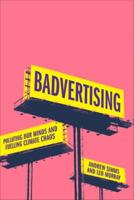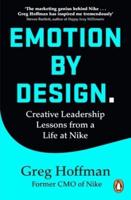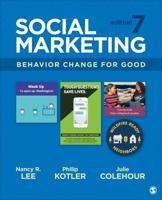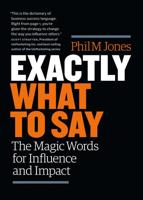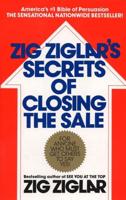Publisher's Synopsis
I wholeheartedly agree with Meera Kothand. Just a few additional points I might add:
One thing that makes it seem easier to sell tangible goods is the ability of a seller to give the buyer a sensory experience. You can touch, feel, experience the product and begin to sell yourself on it. It's why salespeople at auto dealerships are so keen on getting you behind the wheel for a test drive. But some sellers over-rely on the product, then, to sell itself. They don't personalize the benefits or help make the connection that will be of value to the buyer. Take away the tangible. and these same sellers suddenly have to depend on their own ability to describe and magnify value. Some can and some cannot. When selling intangibles, you have to be a good storyteller so your buyer can visualize the experience that they can't physically have. You have to demonstrate value in a way that isn't experiential. When selling tangibles, you should be using this same approach to personalize the experience and magnify the value.Instead of thinking one or the other of those pairs will be easier, consider the following:
What is the length of the usual sales cycle for each -- does one seem "too long" to you?
Which interests you the most, which do you like to talk about?
The reason I suggest considering the above is that all of those are "easy" to sell when you like what you're selling and can live with the length of the sales cycle.


